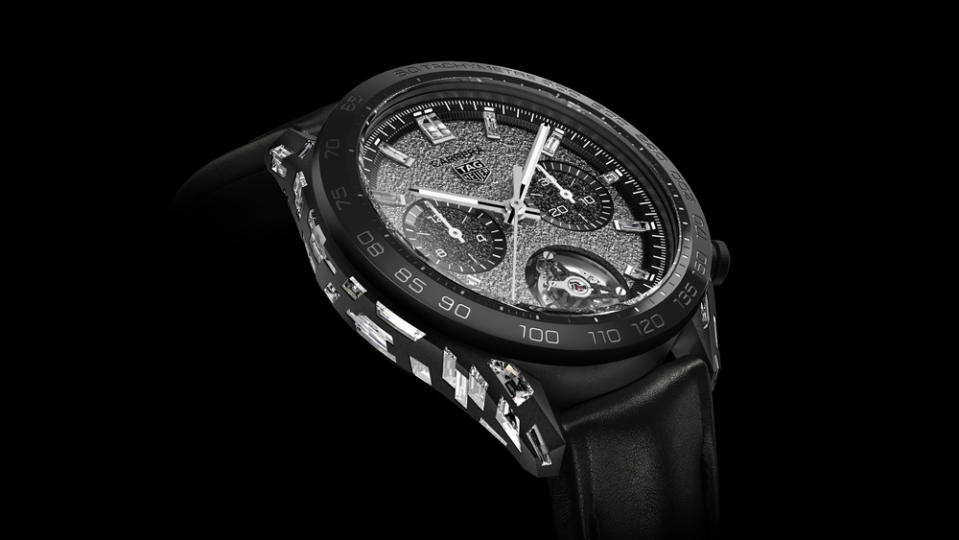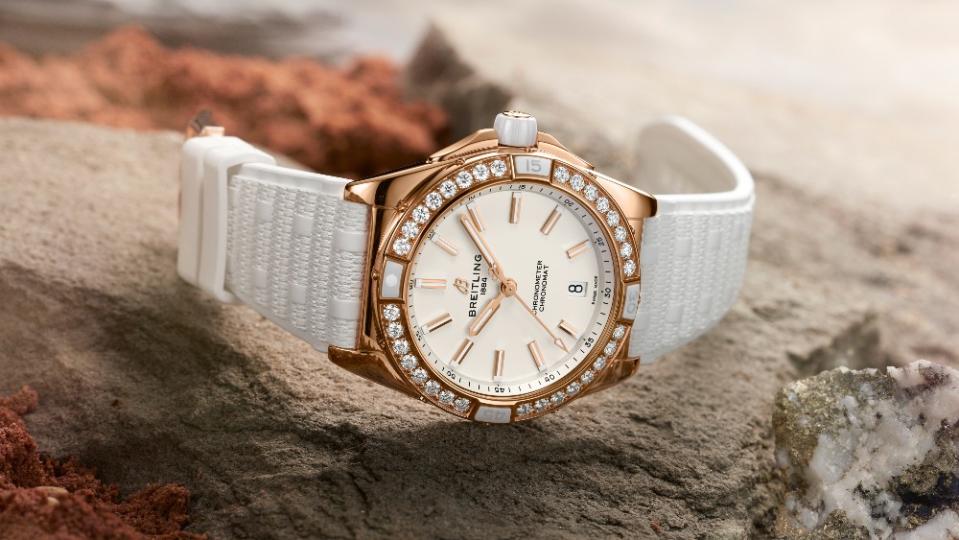Lab-Made Diamonds Made up Over a Third of Engagement Rings Bought Last Year

Looks like lab-grown diamonds are shedding their stigma.
More than a third of engagement rings with a center stone sold last year were made in a lab, according to a survey from the Knot cited in The Wall Street Journal on Friday. On top of that, some jewelers—from legacy houses to upstart brands—are focusing their efforts on man-made stones.
More from Robb Report
“Consumers are smart,” said Benny Landa, the founder of the lab-grown-diamond company Lusix. “When they see a two carat lab-grown diamond for not much more than a one carat mined diamond, it’s a no-brainer.” (Currently, a one-carat lab-grown diamond retails for about $1,430, while a traditional mined gem of the same size sells for $5,635.)

Lusix has teamed up with brands such as the LVMH-owned TAG Heuer, which used the company’s diamonds in its Carrera Plasma watch. The crown is made of one whole diamond, while the rest of the timepiece is encrusted with stones of different shapes. Doing the same with mined stones would have been wasteful, given the cutting and shaping that would have needed to go into the project, according to the company. Comparatively, the lab-grown diamonds could be created in the exact shape required.
TAG Heuer isn’t the only luxury brand getting into the man-made game. Both Gucci and Breitling have incorporated such stones into their accessories; the latter of which has even said all of its watches will use only lab-grown diamonds by next year. In 2022, the Swiss watchmaker debuted its first timepiece using man-made stones, the Super Chronomat 38 Origins.

Not all legacy jewelers are on board with the transition, though. At this year’s Watches and Wonders, the CEO of Cartier stood by traditional diamonds, at least in terms of engagement rings. “There is a difference in having something made by the earth in four million years, and something made in four minutes in your garage, when you want to express a symbol of eternity,” he said.
Yet some members of the Cartier family disagree. Jean Dousset, the great-great grandson of Louis Cartier, started his own line in 2010. (His family sold the historic jeweler decades ago.) As of this month, he’s using only lab-grown diamonds in his jewelry, and he thinks his great-great grandfather would certainly understand the switch. “He was an innovator,” Dousset told the WSJ.
Best of Robb Report
Sign up for Robb Report's Newsletter. For the latest news, follow us on Facebook, Twitter, and Instagram.

